Lymphadenectomy
Lymph dissection (lymphadenectomy)
In malignant tumors, cancer cells with lymph flow can enter the lymph node, which leads to the shaping of a new formation - this is the so-called lymphogenic metastasis. To stop the further spread of tumor cells throughout the body, lymph dissection is performed - the removal of a group of lymph nodes with the surrounding tissue.
Lymph dissection is a standard manipulation in the surgical treatment of cancer of any location, in some malignant processes of the abdominal cavity and retroperitoneal space must be performed together with surgery on the affected primary tumor, which is one of the stages of radical surgical treatment.
How does the lymphatic system work?
Lymph nodes are part of the lymphatic system. The lymphatic system helps fight infections and consists of lymph vessels, lymph fluid, lymph nodes, bone marrow, and lymphatic organs (thymus, adenoids, tonsils, and spleen).
Lymphatic vessels are very thin tubes that look like blood vessels. They collect and move lymph fluid from the tissues to the lymph nodes. Lymph nodes are small bean-shaped organs of the lymphatic system. Lymphatic fluid can transfer cancer cells from the site of the tumor to the lymph nodes. For example, breast cancer cells can spread to the lymph nodes in the axilla.
Why is lymph dissection performed?
The purpose of lymph node dissections is to remove lymph nodes affected by malignant cells to:
- check for lymph nodes for cancer cells;
- remove lymph nodes that may contain cancer cells;
- reduce the risk of recurrence of cancer;
- help doctors plan further treatment.
To avoid excessive surgical treatment in the form of lymph dissection in the absence of metastatic lesions, today a biopsy of the sentinel lymph node is performed. This is the first lymph node to which most likely applies cancer.
Sentinel lymph node biopsy may be performed before lymph node dissection when the surgeon shows no signs of lymph node involvement. Sentinel lymph node biopsy is a simple and safe operation that is used mainly for breast cancer and skin melanoma. If an urgent histological examination during the operation reveals cancer cells, the lymph nodes are removed. In the absence of cancer cells, lymphatic collectors are not touched.
Lymphadenectomy with the removal of superficial lymphatic collectors, for example, in the groin, armpits, or neck does not go unnoticed, complicating the stagnation of lymph below the site of operation - lymphedema. Physical suffering caused by lymphedema, especially disorders of limb movements, is not justified if there were no metastases in the lymph nodes and lymph dissection was performed for prophylactic purposes.
When should lymph dissection be performed?
The need to remove lymph collectors depends on the extent of the primary tumor and its prognostic characteristics, that is the aggressiveness of cancer.
At a breast cancer, a squamous cell carcinoma of the skin, a melanoma, new growths of the head the lymphadenectomy is carried out only at the metastases diagnosed at a biopsy of a sentinel lymph node. Lymph node-free groups of cancer cells are not touched to avoid the development of lymphedema.
In non-small cell carcinoma, removal of the mediastinal lymph nodes on both sides is included in the standard amount of radical treatment. If lymphadenectomy is technically impossible due to the growth of metastases in the mediastinum, the case is considered inoperable.
Therefore, in the process of preoperative diagnosis, it is necessary to accurately determine the possibility of performing lymph dissection, so as not to expose the patient to futile intervention when "cut, looked and sutured".
In pancreatic carcinoma, lymph dissection is also an integral stage of radical surgery on the pancreas, in doubt about the possibility of removing metastases, the patient is prescribed only conservative treatment.
In gastric cancer, lymph dissection of several groups of lymph nodes located in different anatomical areas is considered a standard intervention performed simultaneously with the removal of the stomach. The probability of metastasis is calculated depending on the depth of introduction of cancer into the stomach wall, that is the stage. Based on the stage of the disease, various interventions are performed on the stomach - resection or complete removal, and the volume of lymphadenectomy also differs.
Lymphodissection is performed according to similar principles in malignant processes of the genitourinary system.
When is it not necessary to perform lymph dissection?
Manipulation is not required in virtually non-metastatic tumors, such as basal cell carcinoma of the skin, and in superficial "early" cancers, the vast majority are not complicated by metastasis.
What are the types of lymph dissection
Interventions on groups of lymph nodes can be divided on an anatomic principle:
- dissection of axillary lymph nodes;
- dissection of cervical lymph nodes;
- dissection of inguinal-femoral, popliteal lymph nodes;
- mediastinal (mediastinal) lymph dissection - removes lymph nodes from the mediastinum;
- removal of lymph nodes from the pelvis;
- retroperitoneal lymph dissection - lymph nodes are removed from the posterior part of the abdominal cavity (retroperitoneal space).
According to the volume of intervention, lymph dissection is divided into:
- regional, that is removal of the nearest group of nodes;
- selective - selective;
- extended - several levels of lymphatic collectors.
Depending on the level of the removed group of lymph nodes, lymph node dissection is divided into variants with the letter "D" and numbers from 1 to 4. Lymph node dissection D1 - removal of the nearest lymph node, D4 - excision of the most distant group of lymph nodes. The classification is used for neoplasms of internal organs, for each malignant disease developed a separate gradation of levels and standard lymph dissection.
How is the operation performed?
Dissection of Lymph nodes is performed under general anesthesia in the operating room. The technique of lymph dissection in the removal of superficial lymph collectors includes dissection of the skin, separation with a scalpel from the adjacent muscle mass of all fat along with lymph nodes, ligation and cross-section of blood vessels, and suturing of the surgical wound.
Inside the abdominal, thoracic, or pelvic cavity, the tumor-affected organ and internal tissue with lymph nodes are removed sequentially, but also in a single block. Everything removed is sent for histological examination.
When removing lymph nodes, our specialists follow certain oncological canons (rules) that guarantee the maximum "purity" of the remaining tissues from cancer cells:
- not a single metastasis is removed, but a tumor together with the surrounding tissue - one block;
- excision is performed taking into account the anatomical boundaries - on the zonal principle when you can not cut one metastatic nodule from under the armpit and two more from the subscapular area, it is necessary to remove the entire axillary collector and consistently cut all groups of lymph nodes in neighboring areas;
- the case principle obliges not to exfoliate a metastasis, and to remove it taking into account anatomic mutual relations with the next structures.
How are the postoperative period and recovery?
The patient stays in the clinic for one or more days, depending on the type of lymph dissection and the amount of surgery.
The postoperative course of the lymphoblastic section is different for internal cancer and external malignant processes. After removal of the lymph nodes of the abdominal or thoracic cavity, the internal pressure prevents the outflow of lymph from the dissected lymphatic vessels. When external lymph nodes are removed, it is impossible to immediately stop the flow of lymph from damaged vessels, lymphorrhea (leakage) can last for many days, creating favorable conditions for the development of infection and preventing wound healing. It is because of the difficulty of wound healing due to the end of lymph from small vessels, for example, after surgery on the breast sutures are removed no earlier than 2-3 weeks. To prevent the development of infection is treated with antibiotics.
Bibliography
- Кубышкин В.А., Козлов И.А., Алиханов Р.Б. Панкреатодуоденальная резекция с сохранением желудка при раке периампулярной зоны. Хирургия. 2001; 6: 55–58.
- Фигурин К.М. Злокачественные новообразования почечных лоханок и мочеточников. Онкоурология. 2006;2(2):5-12.
- Мартов А.Г., Ергаков Д.В., Байков Н.А., Поминальная В.М., Соломатов И.А. Трансуретральное удаление опухолей мочевого пузыря единым блоком // Онкоурология. 2015. Т. 1, № 1. С. 41–49.
- 149. Федоров С.П. «К оценке способов резекции желудка» Новый хирургический архив 1924, 1, - С. 125-130
- Данилов М.В., Федоров В.Д. Хирургия поджелудочной железы: Руководство для врачей. М: Медицина 1995; 512.
Our oncological services
Our advantages
Dobrobut oncology center
ISO certificates
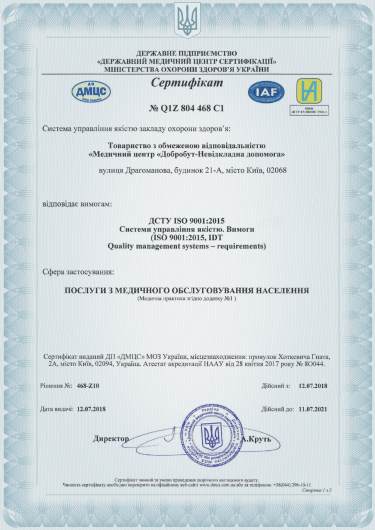
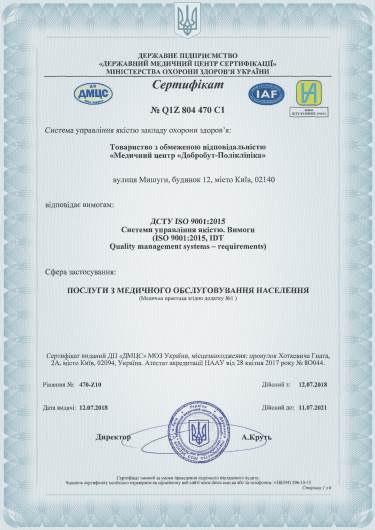
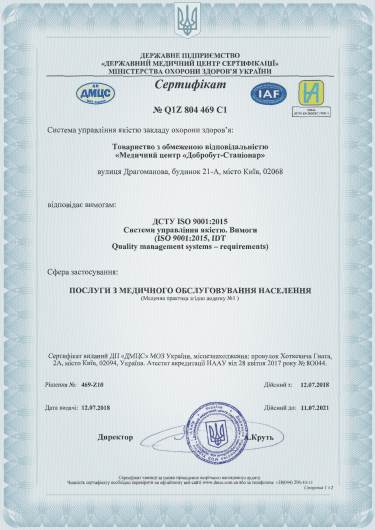
Accreditation certificates
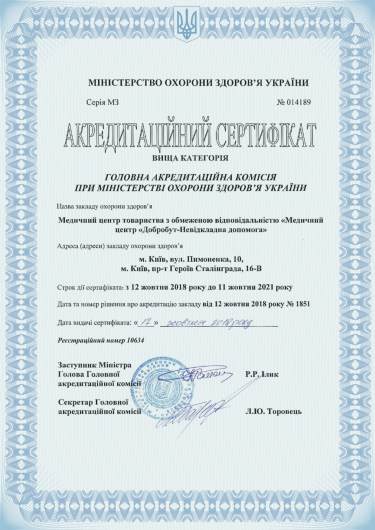
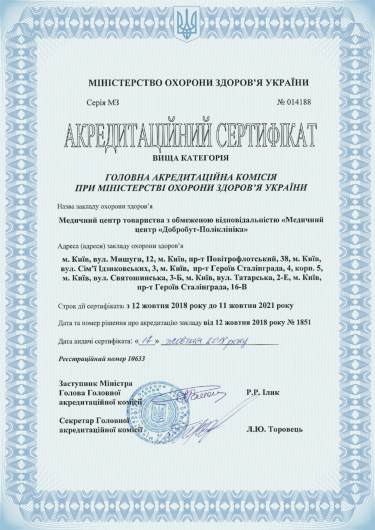

Medical practice licenses
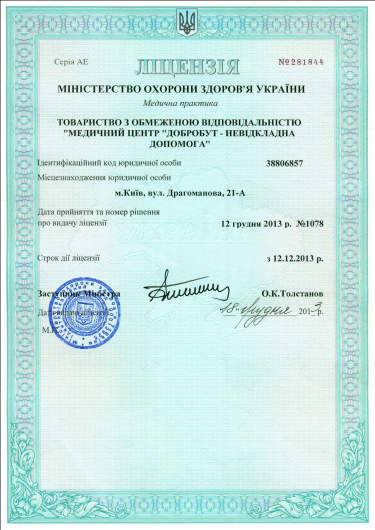
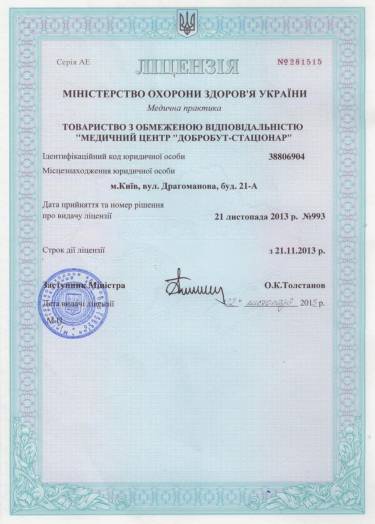




%402x.png)
%402x.png)
